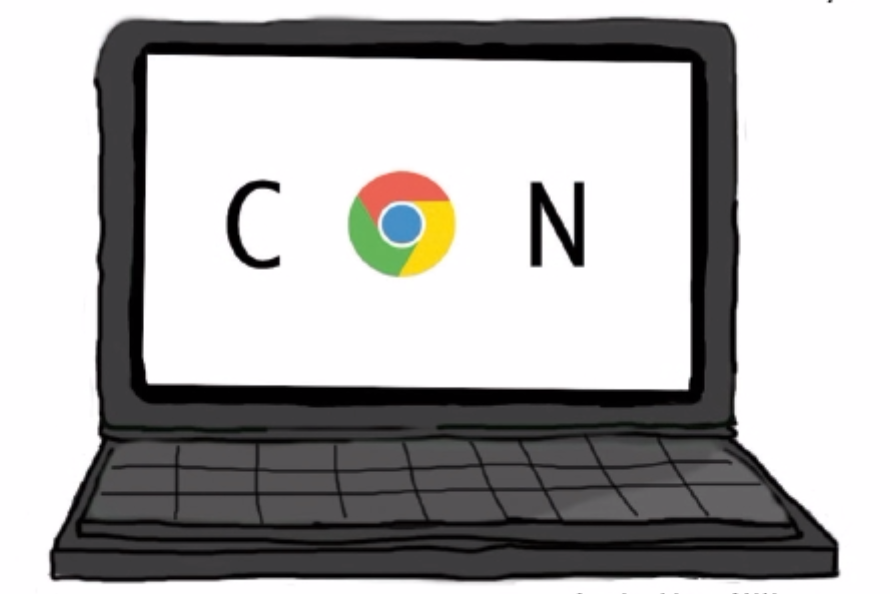“There are only two reasons to be looking down at your crotch and smiling – neither are appropriate for the classroom.” This admonition posted in one CHS classroom, although humorous, calls attention to one of the most serious learning impediments for high school students: cell phones.
In our technological age, cell phones have become a necessity. Their myriad of functions range from mindless games to complex calculators. Yet currently, cell phones create the two biggest distractions in the classroom: text messaging and social media.
CHS teachers wage a daily war against cell phones in the classroom. Some go so far as to confiscate them for the rest of the day. And since cell phones are always forbidden in the classroom, a teacher can easily remove them and their inherent distraction.
But what will happen when laptops – and their distracting abilities – are omnipresent at CHS?
Nicholas Carr, the bestselling author of “The Shallows,” claims “the typical electronic screen is an ‘ecosystem of interruption technologies,’ encouraging us to peek at our e-mail in-box, glance at Twitter and waste away the day on eBay.”
Once laptops are on every desk, no teacher will be able to tell whether a student is researching “the role women played in America’s war time economies of the first half of the twentieth century” or browsing the Internet for prom dresses.
By giving all students a laptop, the school is only increasing the potential opportunity and temptation to misuse the device and allow it to detract from learning.
There are also cost concerns. With more than 800 adolescents carrying over 200 dollars worth of technology, there is a high likelihood of dropped computers and cracked screens.
Where will the money for the insurance or repairs on these devices come from?
Another continual cost of the Chromebooks will be for the WiFi for all of the devices, which the school plans to arrange for even at the students’ houses.
The School District of Clayton already spends more than $19,000 per student. The expense of these laptops can be eliminated by requiring students to walk 30 seconds to the nearest available computer in the school.
Furthermore, many CHS students already have laptops with higher functioning capabilities than the Chromebook. A student who already possesses a superior laptop is not likely to use the school issued Chromebook. As a result, the district begins to waste resources on students who do not need these laptops.
Also, as old CHS computers become out-dated, only sanctioned computer labs will have new desktop replacements. Thus, under the new plan, the science department will not have their computers replaced.
Some members of the Science Department have claimed that Chromebooks cannot support
“LoggerPro,” the science department’s graphing and analysis software.
And although Chrome has its own version of “LoggerPro,” it lacks certain capacities beneficial to students, such as calculated columns.
Ultimately, the School District must look at what is best for the greatest number of Clayton students.
But where and when did the Clayton community, including students, discuss buying Chromebooks for ALL students. Since a majority of students already have access to laptops, was providing laptops for only students who NEED them ever considered?
As Chromebooks pose a risk to both the academics and finances of Clayton, the District should reconsider its plan to distribute them.

